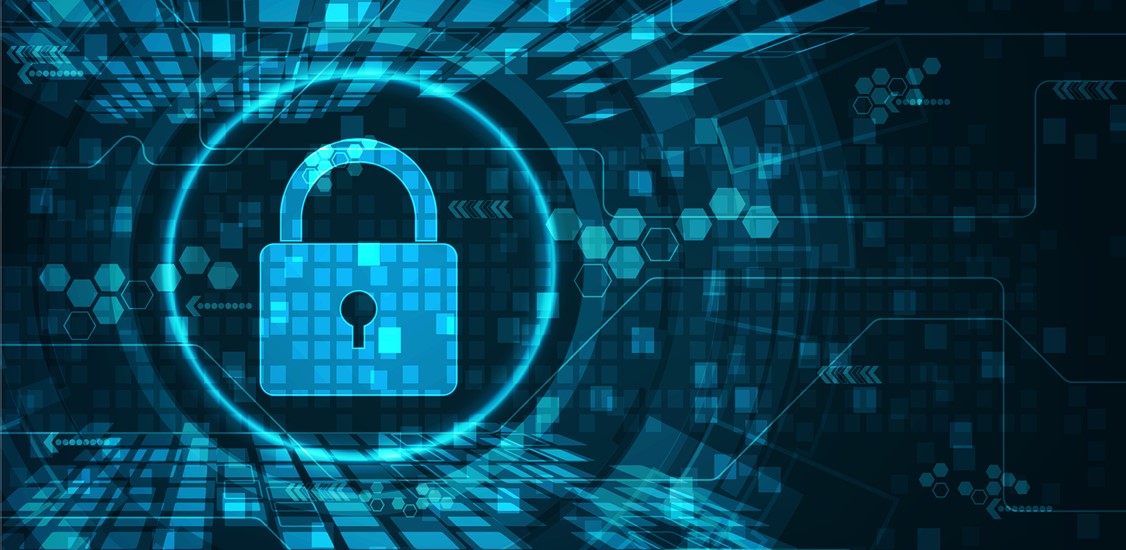Data security is paramount in the modern digital landscape, where data is undoubtedly the driving force of the global economy.
As technology advances, so do the threat vectors. One such menacing threat vector that has hampered our security and privacy is ransomware.
During the past couple of years, ransomware attacks have increased alarmingly, costing businesses billions of dollars and leaving countless individuals vulnerable.
And when we talk about enterprises, they don’t just lose financial stability; they also face massive reputational losses after compromising their sensitive information to a ransomware attack.
Hence, a fortified approach to data protection is undeniably the need of the hour that ensures robust security for every bit of information.
Let’s understand how enterprises can fortify data protection during Cybersecurity Awareness Month 2023.
The ransomware landscape: a glimpse into the perils
Though many of you would be aware of ransomware and its functioning, let’s briefly describe it for the ones who aren’t sure what kind of cybersecurity threat it is.
Ransomware is a malicious software that encrypts your files. The attacker performing the malicious attack then demands a ransom to decrypt the files and restore them to their original format.
This kind of attack has gained popularity in the past couple of years, and the consequences of these attacks are quite severe, ranging from financial losses to reputational damage.
What’s worrisome is that recent ransomware incidents have targeted renowned enterprises and, eventually, healthcare facilities, government organizations, and private corporations.
Hence, regardless of its niche, every organization must understand the risks associated with ransomware and put its best foot forward in reinforcing its overall cybersecurity posture.
Let’s find ways to help organizations shield themselves against this rising threat.
#1. The human element: educating and empowering users
Human vulnerability is undoubtedly one of the significant challenges in combating ransomware. Whether we talk about phishing emails, social engineering tactics, or malicious downloads, an informed user base is the first line of defense.
In talking about user awareness, Cybersecurity Awareness Month could play a pivotal role in serving as a reminder to individuals and organizations to spread awareness regarding the latest threat vectors and how to shield themselves against them.
Organizing workshops, webinars, and awareness campaigns could offer invaluable insights into recognizing phishing attempts and promoting strong passwords.
Apart from this, promoting a cybersecurity-conscious culture within the organization and encouraging employees to report suspicious activities promptly can fortify the human element of cybersecurity against ransomware.
#2. Technological advancements: leveraging AI and machine learning
The growing sophistication of cyberattacks demands defense mechanisms to match the pace. Artificial intelligence and machine learning have emerged as powerful weapons to fight against these cyber threats.
AI and ML can eventually analyze patterns, detect anomalies, and could predict potential attacks. Moreover, many AI-powered systems offer real-time threat intelligence, enabling enterprises to respond swiftly to emerging threats.
On the other hand, machine learning algorithms could be leveraged to recognize behavioral patterns within a closed network, identifying deviations indicating a ransomware attack in the early stages.
Furthermore, AI-powered virtual assistants and chatbots can offer instant support to employees, guiding them on safe practices and recognizing various threats.
#3. Backup and disaster recovery: a crucial safeguard
Regularly creating data backups is essential to protect yourself and your business against ransomware attacks.
The main purpose of initiating a ransomware attack is to encrypt sensitive information and make it inaccessible. And here’s where the crucial role of data backups comes into play.
Having up-to-date offline data backups ensures adequate safety even if your online system has fallen prey to a ransomware attack without succumbing to the attacker’s demands.
Adding a robust data backup and disaster recovery plan to your cybersecurity strategy will help you protect your valuable data assets against loss in the long run. Hence, enterprises must create real-time backups to secure every bit of information.
#4. Looking ahead: innovations and preparedness
Without continuous innovation, you can’t navigate the complex landscape of cybersecurity threats.
Whether discussing cybersecurity professionals or researchers worldwide, everyone is working diligently on leveraging next-generation technologies, including machine learning and artificial intelligence.
Hence, staying ahead of cybercriminals is the game plan to win the war against ransomware attacks.
Regular risk assessments, penetration tests, and scenario-based exercises could help identify potential threats in the early stages and minimize the loss. By anticipating potential threats and preparing for them, enterprises can significantly reduce the impact of ransomware attacks.
Additionally, using data backup as your strongest weapon against ransomware is a game-changer for enterprises thinking to reinforce their cybersecurity posture.
To summarize
The world is witnessing a paradigm shift amid adopting the latest technologies. However, the fact that the threat landscape is also increasing exponentially can’t be overlooked.
And when we talk about ransomware, it’s perhaps one of the biggest threats that can lead to financial and reputational losses.
Businesses must proactively work on identifying the risks, creating awareness, and using the latest technology to ensure they remain shielded from ransomware.
Since it’s Cybersecurity Awareness Month, there’s no better time than now to equip your employees and users with knowledge about the growing threat. Take proactive steps today and empower your workforce effectively.




















